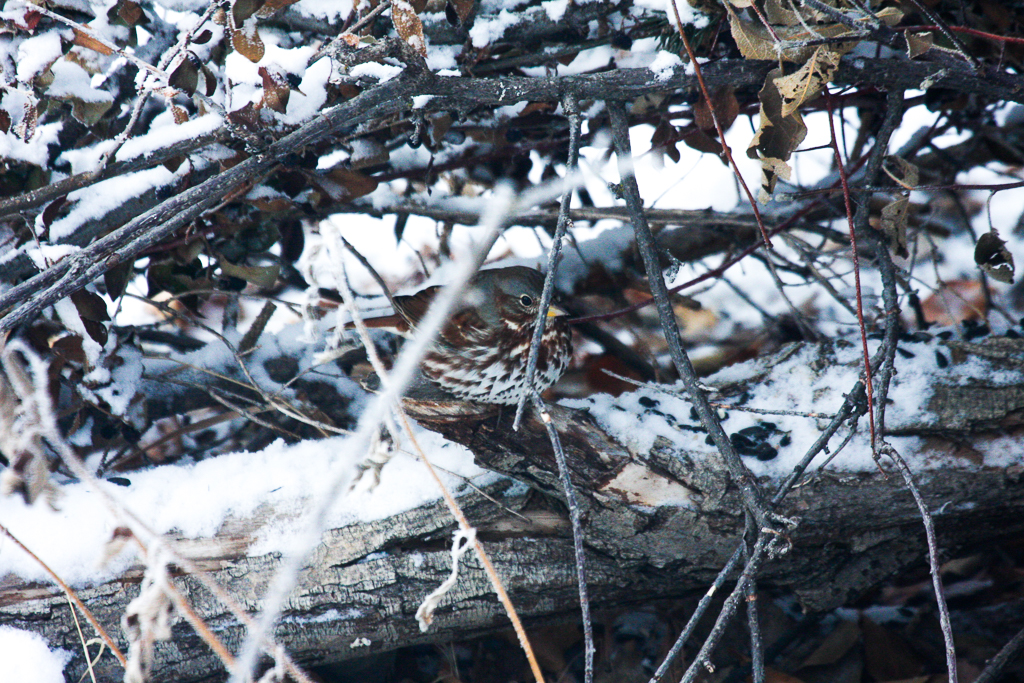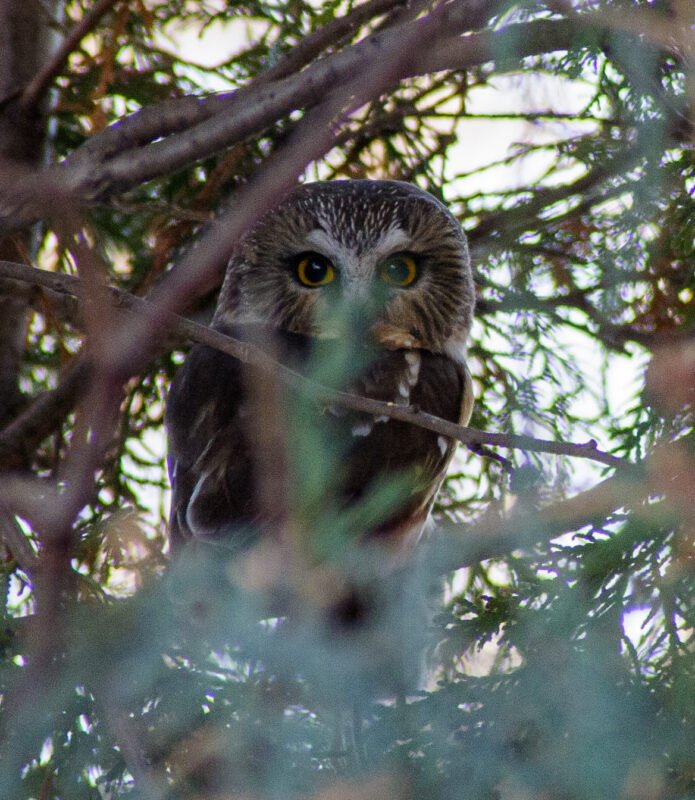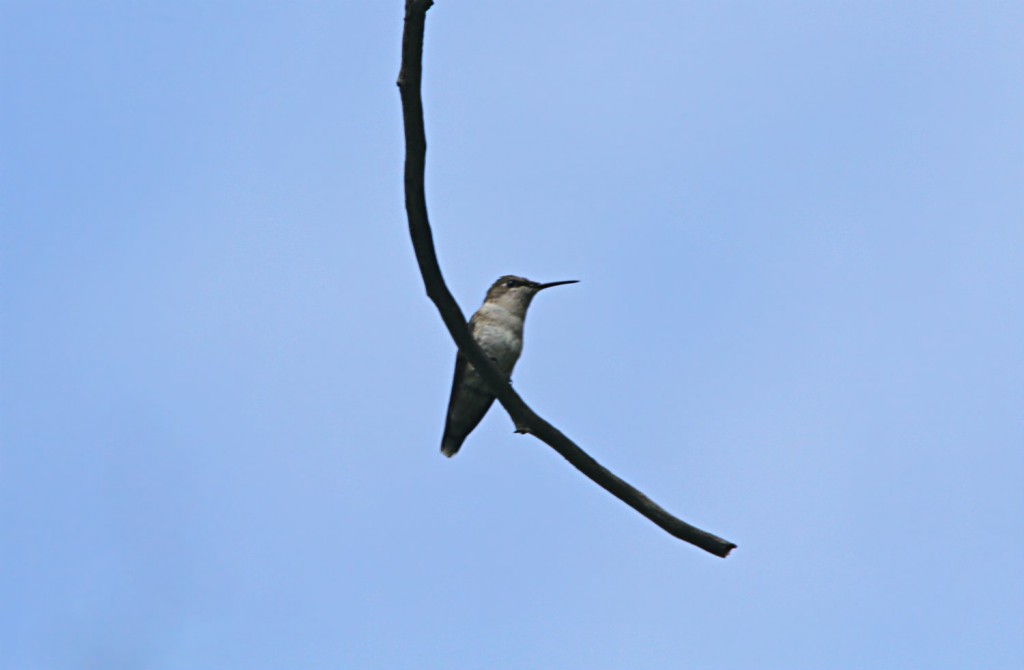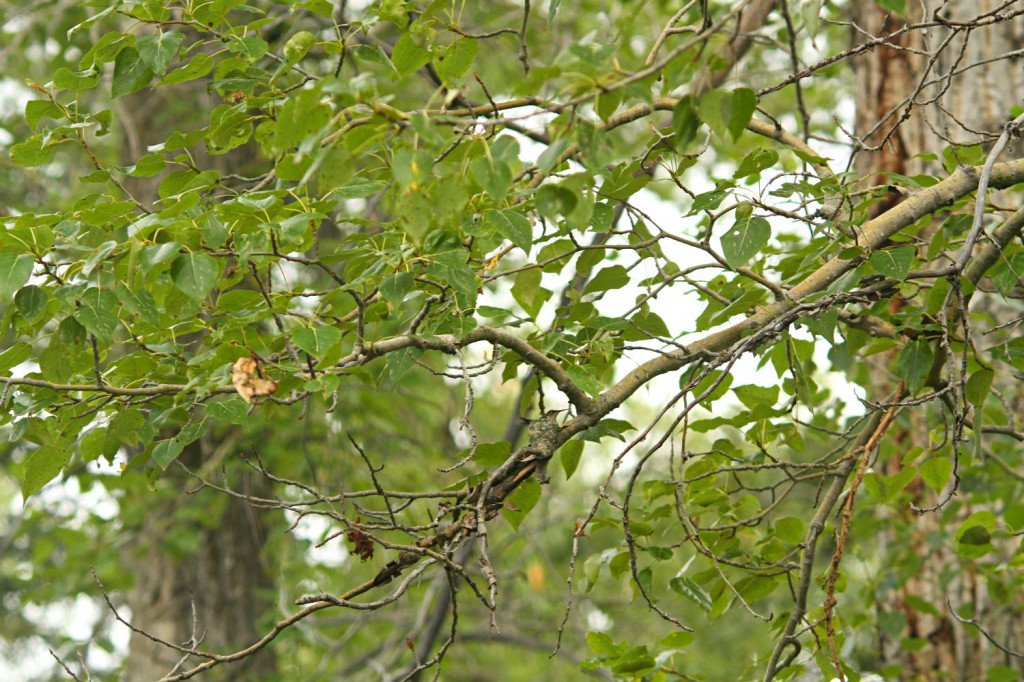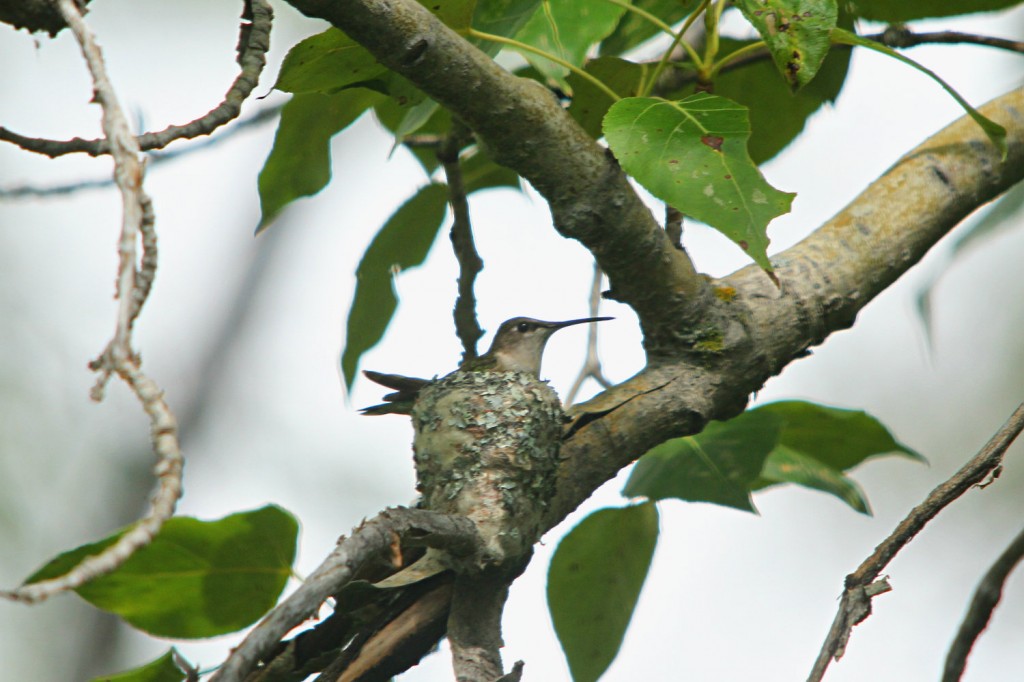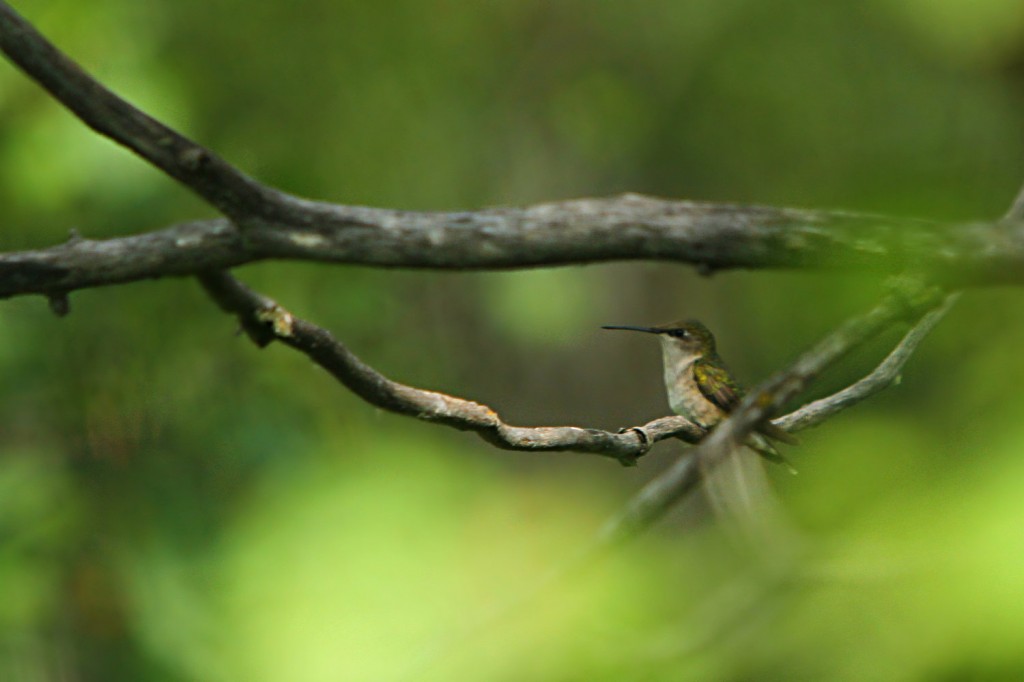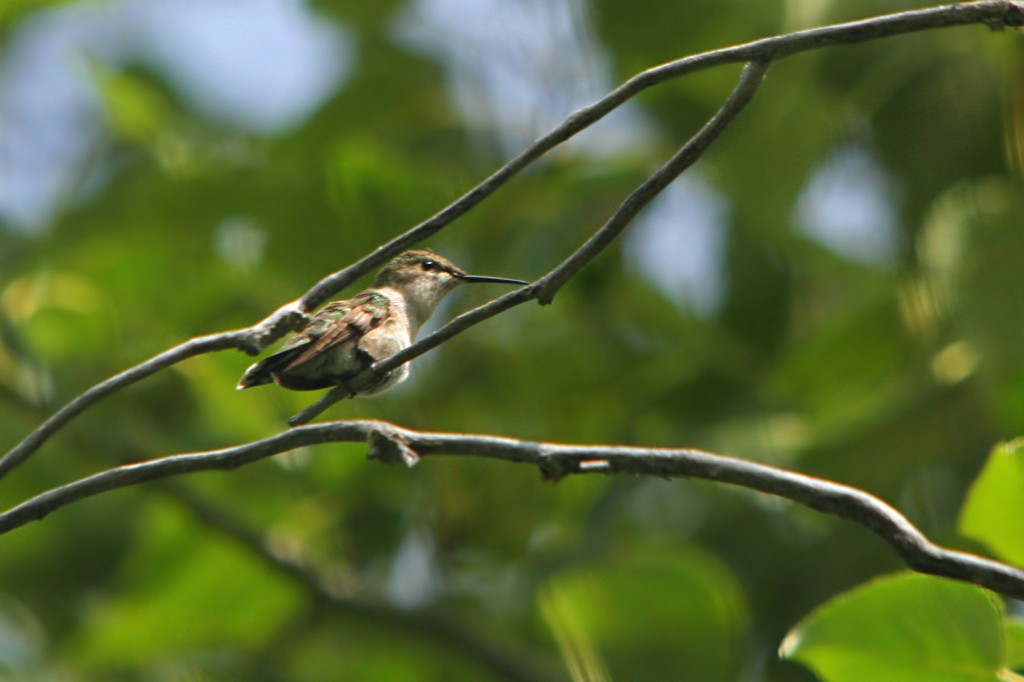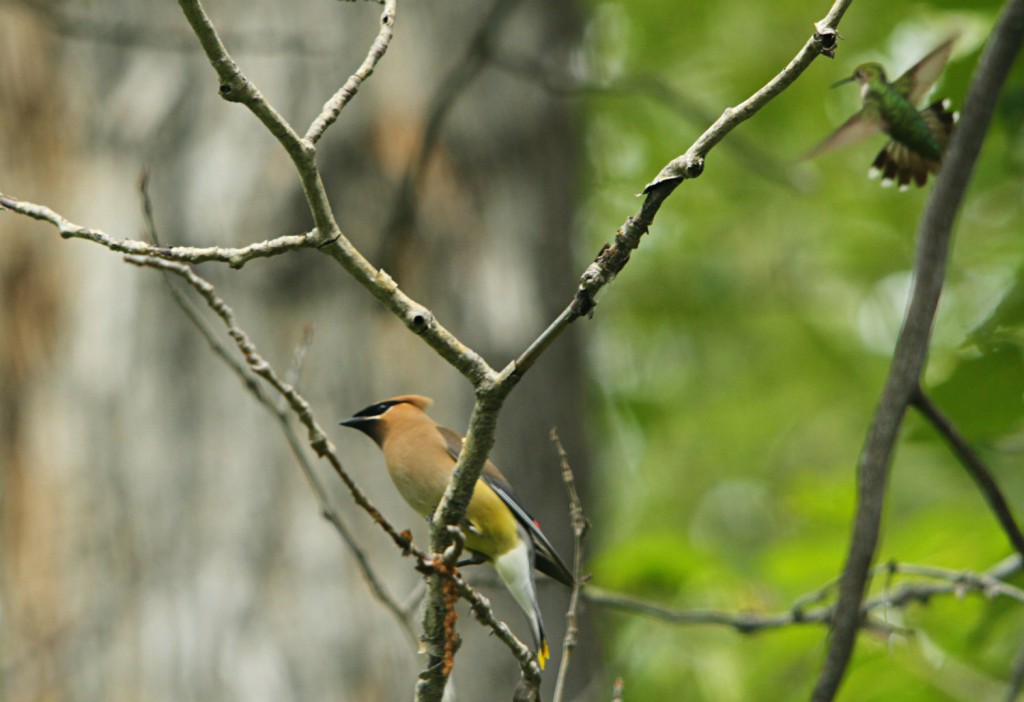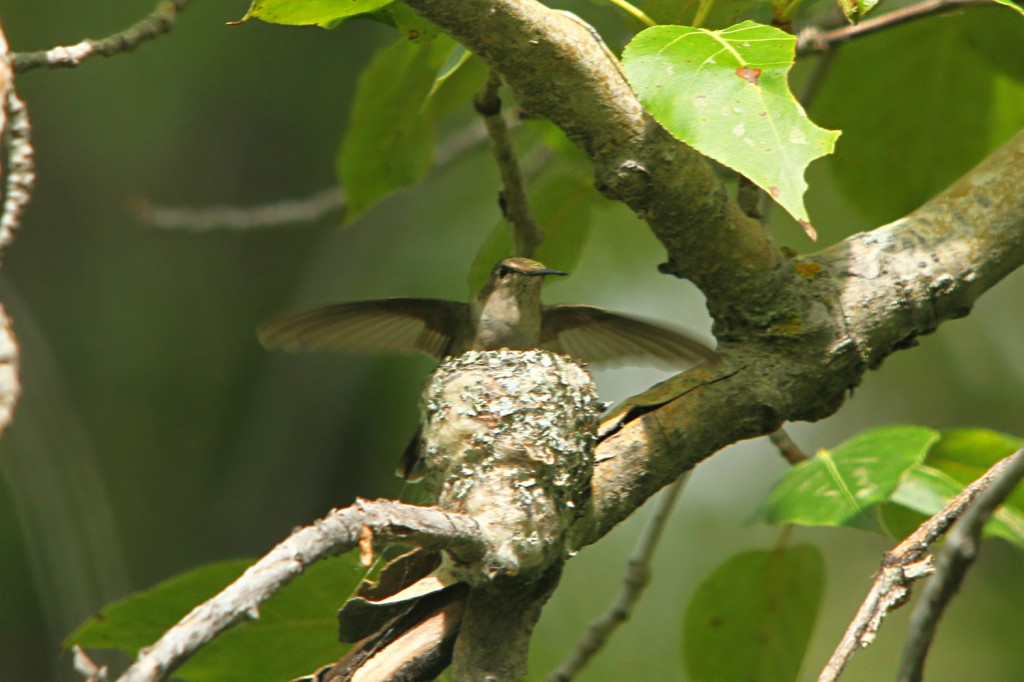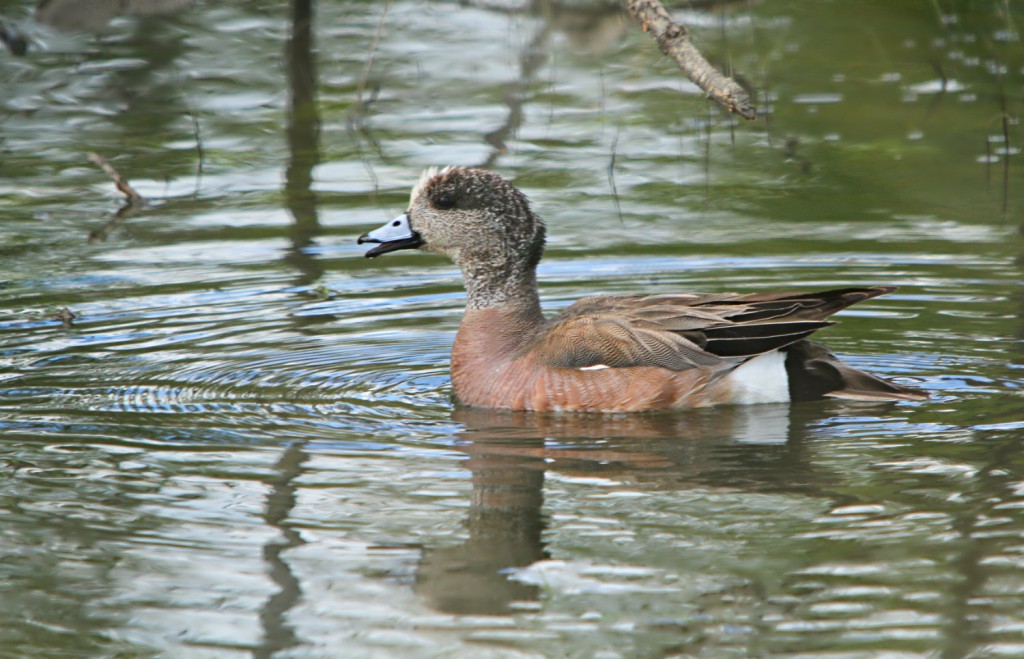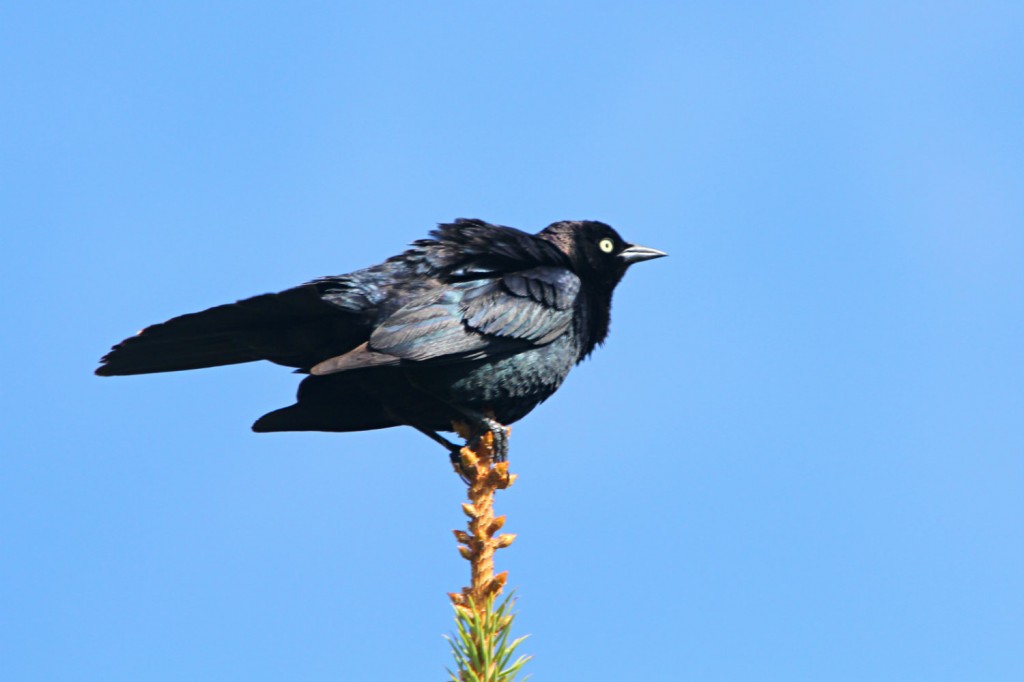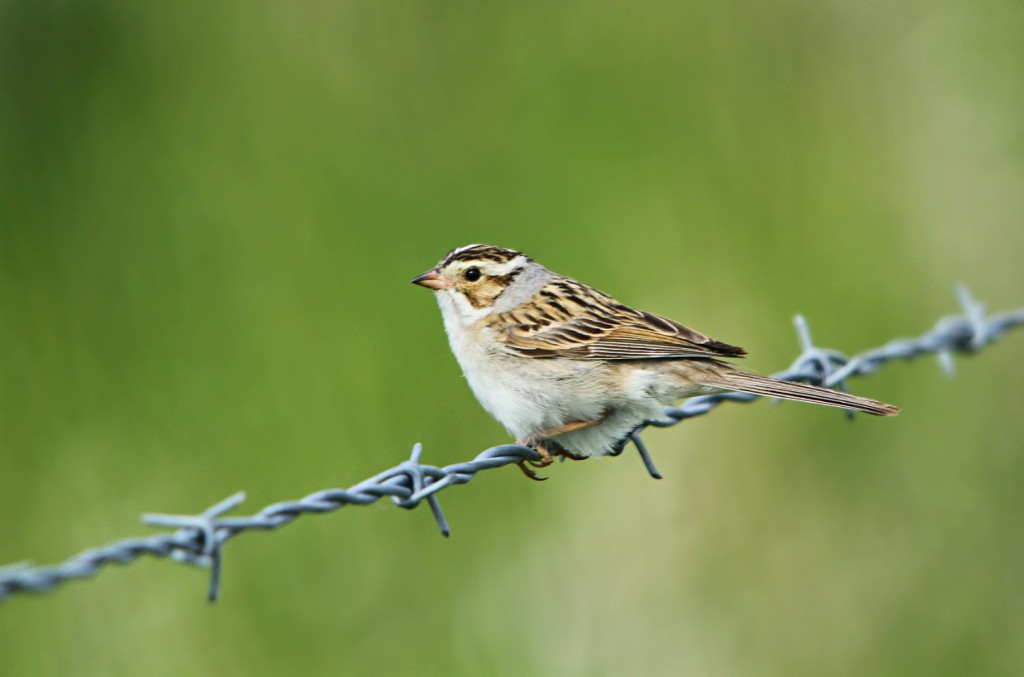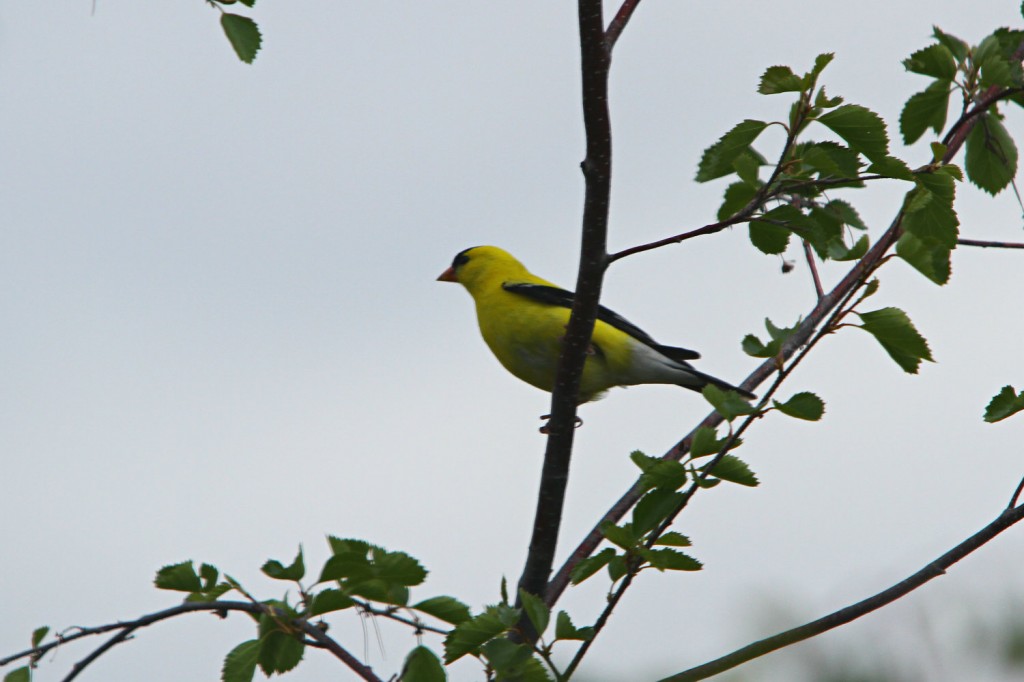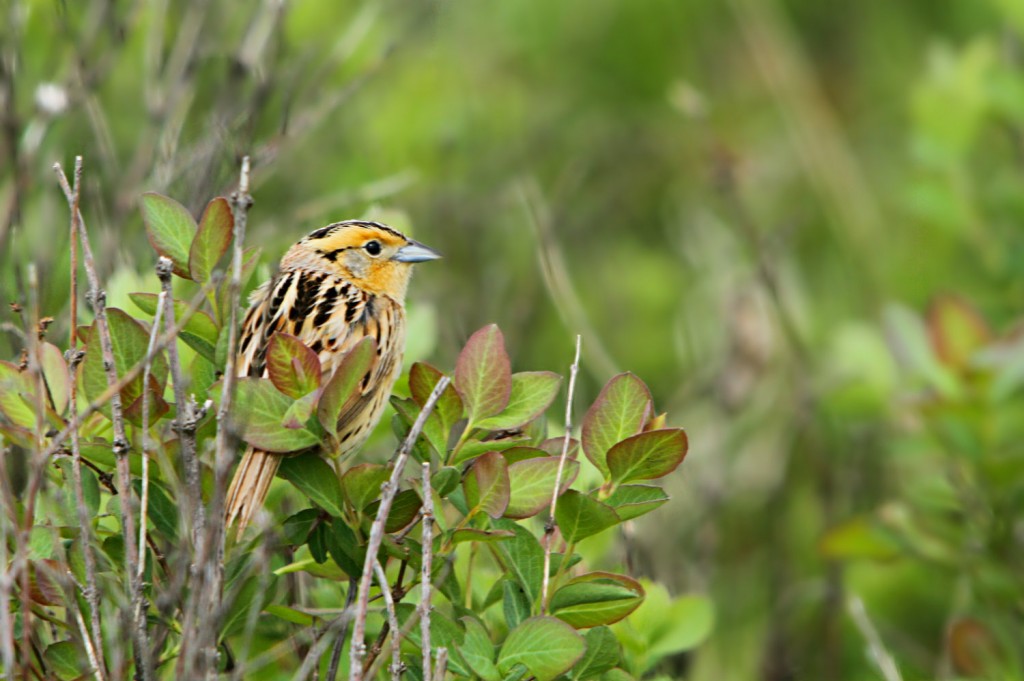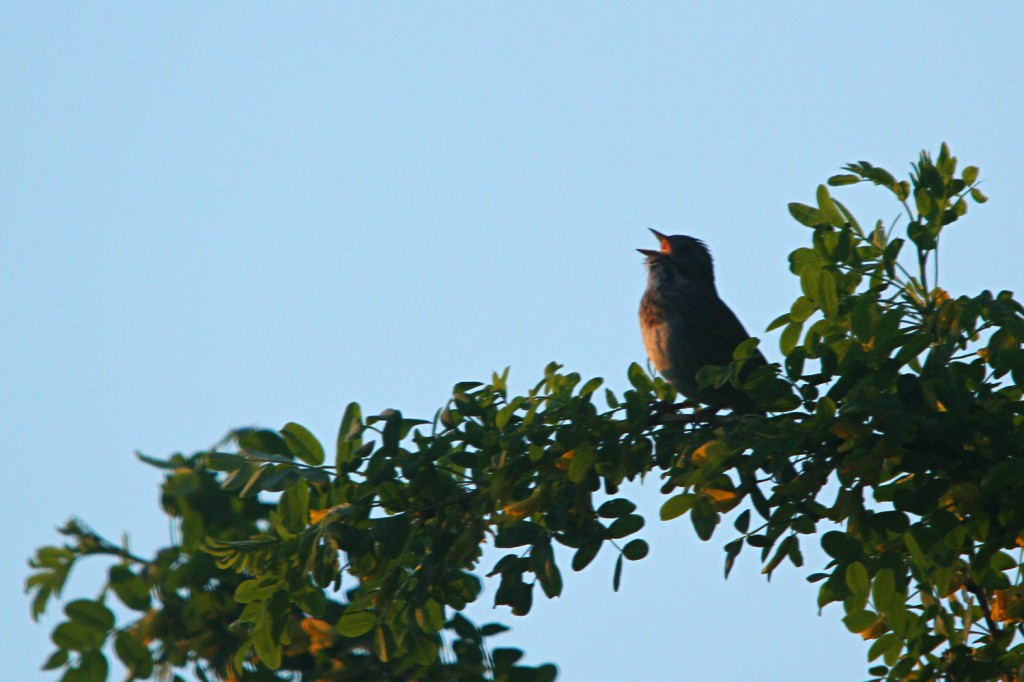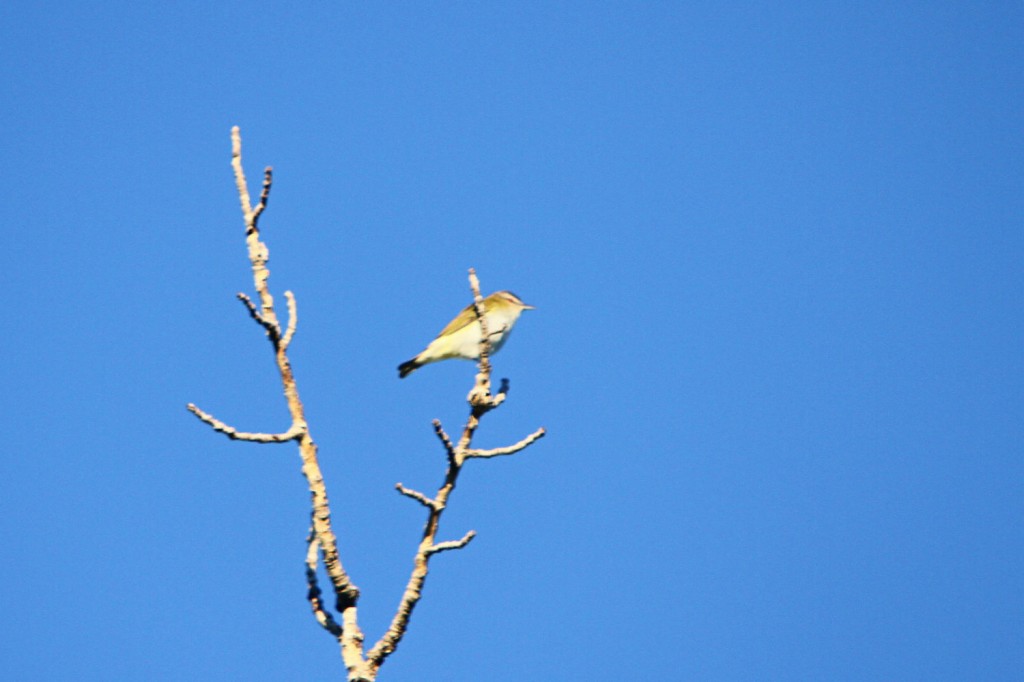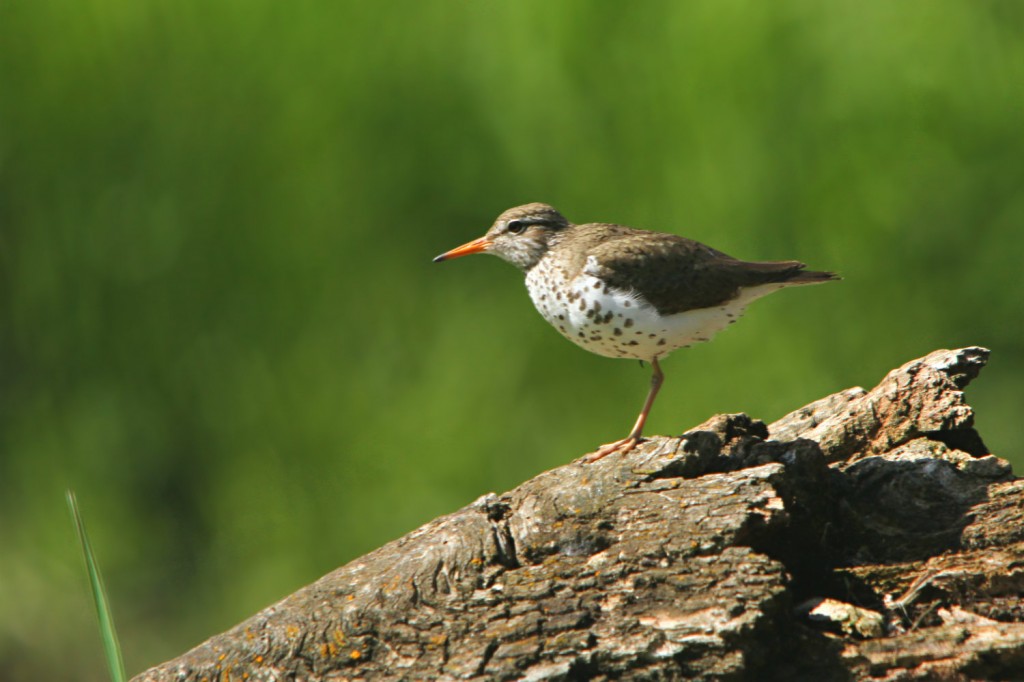Posted By Bob Lefebvre
I recently posted about the Calgary Christmas Bird Count, which is a week from today, on Sunday December 18th. Birders, like everyone else, have a lot of committments at this time of year, and we find ourselves a little short of help on some of the field routes. In particular, we need a few people who are good birders and also quite fit, who are able to do long walk through some difficult terrain. One such area is the Paskapoo Slopes near Canada Olympic Park, which has many deep ravines. Last year there was a Barred Owl at the west end of that area, but we missed it! We also need help in the Edgemont Ravines, and possibly in East Calgary at Elliston Park and area (Elliston is not as challenging of a walk). These are all good areas, so you might find something special!
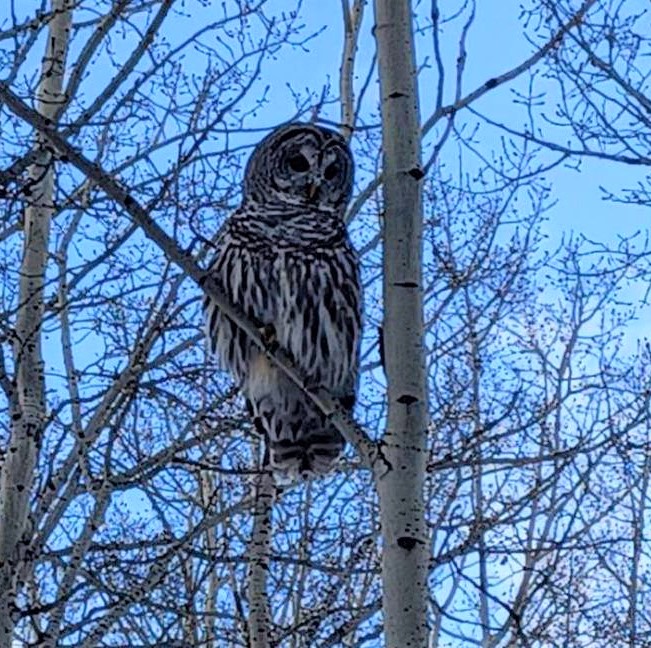
If you are not up to a long difficult route, or are less experienced, you are still welcome to help out in the field. You will be placed on a team with experienced birders.
For those of you who can’t make it out in the field but watch birds in your yard, we will take as many Feeder Watchers as we can get! We are particularly short in the NE quadrant of the city. Feeder-Watching does not require a long time commitment and can be done in as little as fifteen minutes, or in intervals during the day. Of course, to take part you must live within the count circle.
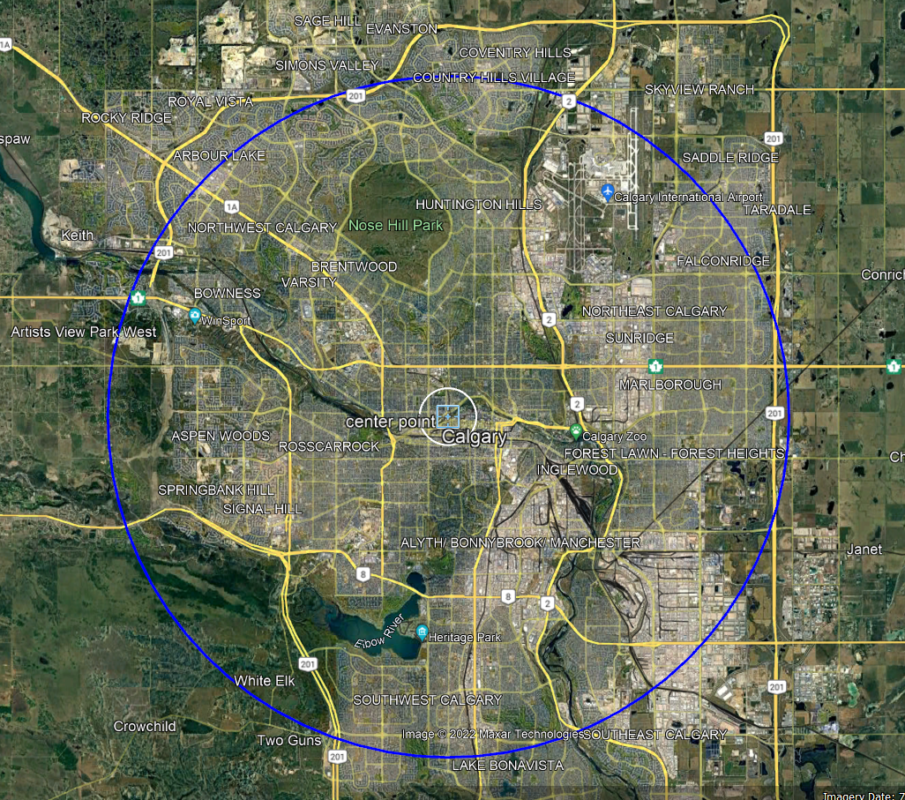
If you would like to participate this year, or even if you just want more information or may want to take part next year, please fill out the registration form and we will be in contact with you.
REGISTER HERE for the Calgary Christmas Bird Count.
If you had previously registered, you will be contacted this week.
Last year, our Feeder Watchers had some good birds:
